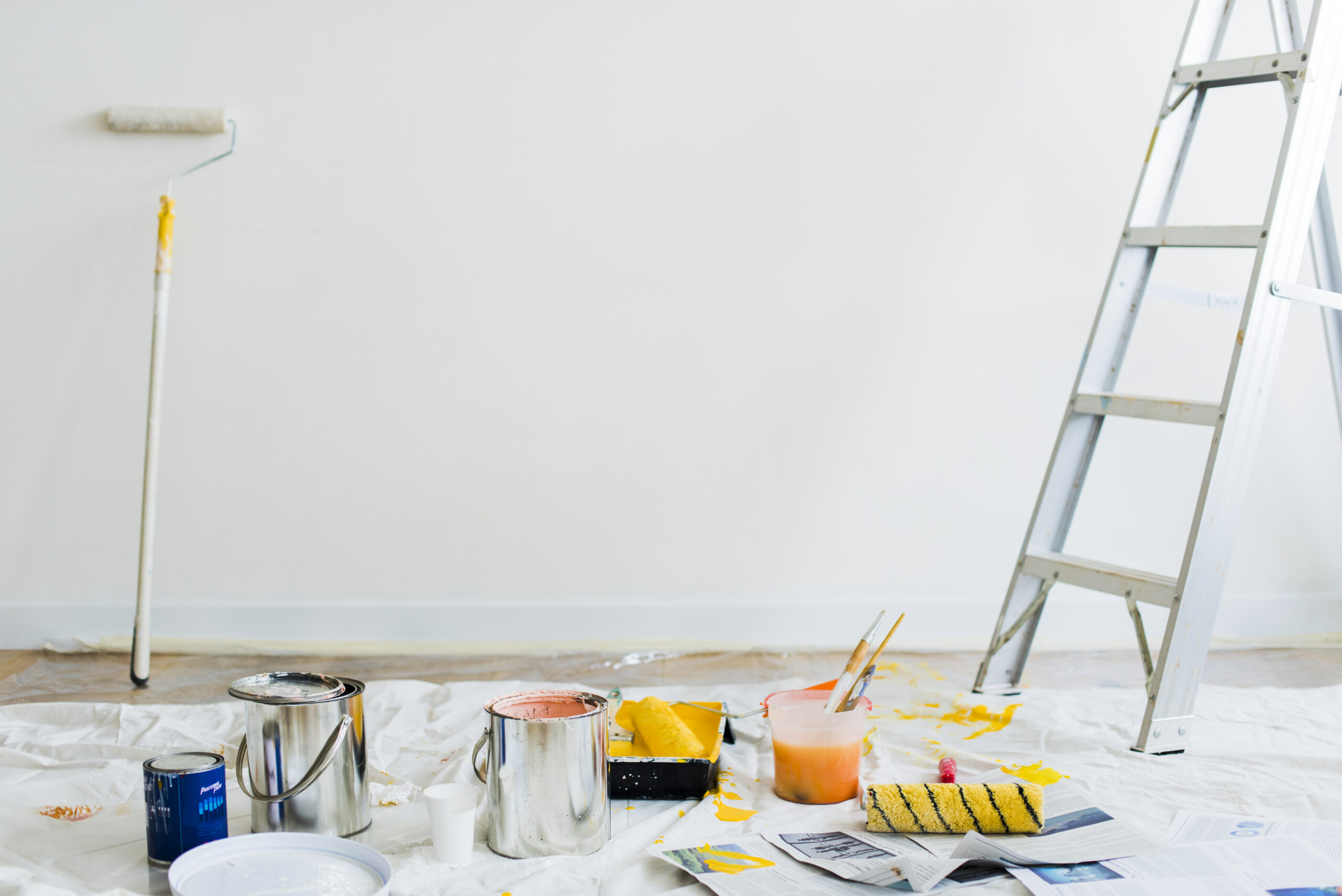Interior painting is more than just a cosmetic change; it’s a powerful tool to transform the look and feel of your living space. With the right color choices and techniques, you can create a personalized and inviting atmosphere that reflects your unique style.
Preparing Your Space Before Interior Painting
Before you dive into the interior painting process, it’s essential to prepare your space properly. This includes cleaning the surfaces to remove dirt, dust, and grease, and addressing any imperfections like cracks or holes. Priming the walls is also crucial, as it provides a smooth base for the paint and helps it adhere better.
Choosing the Right Paint for your Interior Painting
The type of paint you select will significantly impact the result of the interior painting. Flat paint is a popular choice for walls and ceilings due to its matte finish, which helps to hide imperfections. Satin and eggshell finishes offer a slight sheen, making them suitable for high-traffic areas. Gloss paint is ideal for trim and doors, as it is durable and easy to clean.
Color Selection
Choosing the right color can make or break your interior painting design. Consider the overall mood you want to create: calming, energizing, or something in between. Neutral colors like white, gray, and beige are versatile and can be paired with almost any accent color. For a bolder look, experiment with vibrant hues like blue, green, or yellow.
Painting Techniques
The techniques you use will determine the quality of your interior painting job. Cutting in along the edges of the walls with a brush is essential for a clean finish. Using a roller for larger areas is efficient and helps to achieve a smooth, even coat. Remember to apply multiple coats as needed to achieve the desired coverage.
Finishing Touches
Once the paint is dry, take the time to clean up any spills or drips. Inspect the finished product for any imperfections and touch up as necessary. Consider adding decorative elements like wall art, mirrors, or shelves to complement the new color scheme.
DIY vs. Professional Interior Painting
If you’re unsure about your interior painting skills or have a large project, hiring a professional painter may be the best option. They have the experience and equipment to deliver a high-quality finish. However, if you’re confident in your abilities and enjoy DIY projects, painting your own interior can be a rewarding experience.
Conclusion
Interior painting is a cost-effective way to refresh your living space and create a personalized atmosphere. By following these guidelines and choosing the right colors and techniques, you can transform your home into a beautiful and inviting sanctuary.
Source URL:- https://crestpainting.ca/interior-painting/
